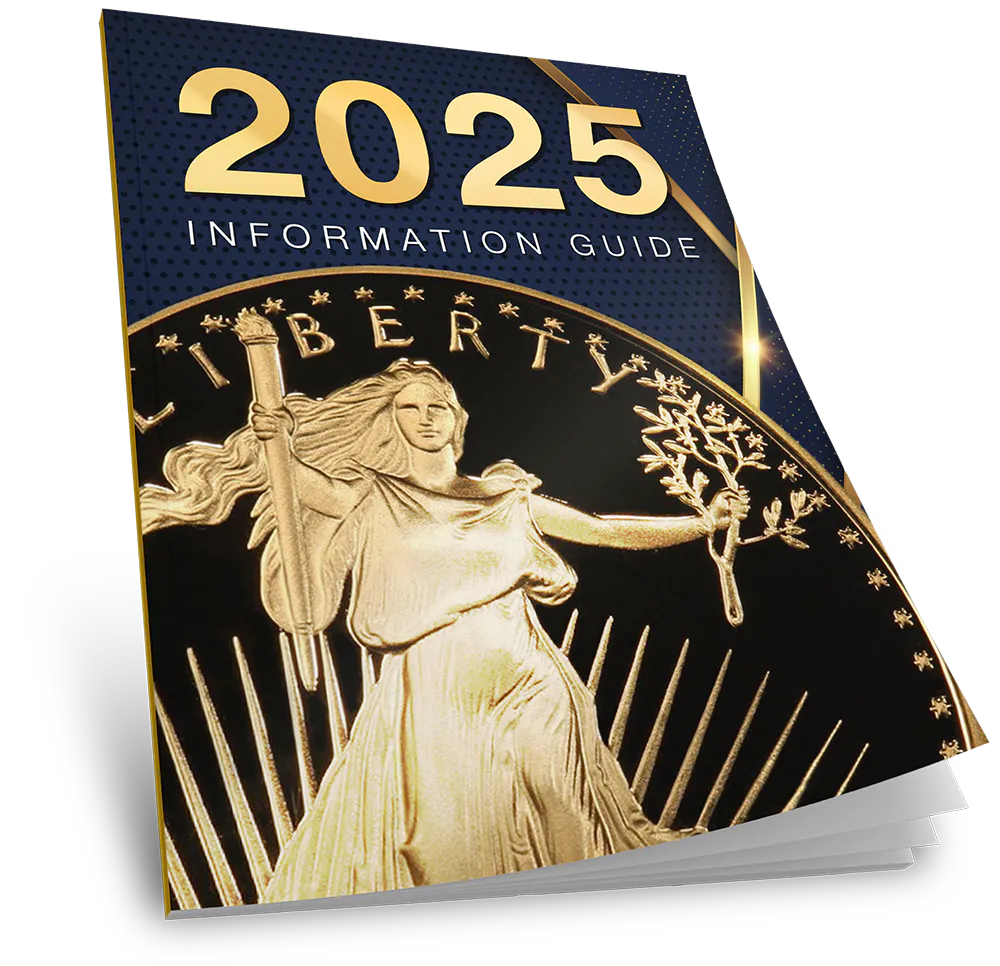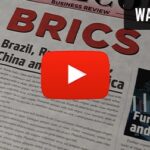- Disappointing progress on inflation is stifling hopes for interest rate cuts this year
- Multiple Fed Board members warn rates will stay higher for longer
- A Gold IRA offers long-term portfolio protection from losses incurred due to high interest rates
No Relief from High Interest Rates in Sight
The Federal Reserve is signaling that relief from high interest rates may not come as soon as many had hoped. Despite earlier expectations of multiple rate cuts in 2024, Fed officials are now hinting at the possibility of only one cut, or even none, as they continue to grapple with persistent inflation. This stance has significant implications for the economy and retirement funds.
The Fed has kept interest rates high, between 5.25%-5.5%, since last July. Those are the highest interest rates since 2001. The stock market had surged earlier in the year on signals for three rate cuts in 2024. Now policymakers are hinting they may only cut rates once this year – or not at all. If a cut does happen, it wouldn’t occur until December.
 1
1
Inflation was back on the rise in April and March, up from both February and January. The prior dip in inflation that inspired rate cut hopes has largely been attributed to a temporary drop in fuel prices.
Fed Board Members Weigh In
Mary Daly – San Francisco Federal Reserve President: Daly said that there is still “more work to do” on bringing inflation down. And that “inflation is not the only risk we face.”2 Daly warned that the Federal Reserve must “exhibit care” because rising unemployment is a growing risk.
Daly said demand must be further restrained to bring down inflation. But slowing the market can result in higher unemployment.
Daly did not know how much rates needed to drop to navigate between bringing inflation under control and stalling the economy. The Fed is prepared to hold rates higher for longer if that’s what their data points them to.
Daly is against preemptive cuts to avoid a recession. “We’re going to be resolute until we finish the job. That’s why not taking preemptive action when it’s not necessary is so important.”3
Neel Kashkari – Minneapolis Federal Reserve President: Kashkari said it could take up to two years to get inflation down to the Fed’s 2% target. He indicated that wage growth was too high to reach that target right now.
Michelle Bowman – Federal Reserve Governor: Bowman stated she is open to raising rates if inflation doesn’t drop.
Bowman said, “I remain willing to raise the target range for the federal funds rate at a future meeting should progress on inflation stall or even reverse.” Bowman said she does not project any rate cuts happening this year. She has instead shifted those into future years.4
Reducing rates too soon could risk reigniting high inflation, she warned. That would require additional rate increases to tame price pressures within the economy.
Lisa Cook – Fed Reserve Governor: Cook is optimistic inflation will show more progress in 2025, allowing the Fed to lower rates eventually. She sees supply and demand in the labor market coming into better balance. But, to her, economic risks remain. Risks include higher credit card delinquency rates and tighter credit conditions. Along with the difficulty in assessing economic data that has come under continuous and significant revision.
Austan Goolsbee – President of the Federal Reserve Bank of Chicago – Goolsbee said if he sees “more months” of improving inflation data, then he would be open to cutting rates. Overall, the FOMC, the board that decides cuts, is waiting on hard evidence that inflation is hitting their target before they make any cuts.
Impact of High Rates
High interest rates, slowing growth and lingering inflation are a formula for stagflation. JPMorgan CEO Jamie Dimon said, “I look at the range of outcomes and again, the worst outcome for all of us is what you call stagflation, higher rates, recession. That means corporate profits will go down.”5
When interest rates stay high for a long time, it can negatively impact retirement funds. Higher rates cause bond values and stock prices to drop. A slower overall economy can drag down investments across the board. Money may not grow as fast as expenses, causing savings to shrink more quickly. Real estate can lose value too. It’s crucial for people to understand these effects and plan accordingly for their future.
Owning physical gold can act as a hedge against the negative effects of higher interest rates. Gold often maintains or increases its value during economic uncertainty. It can potentially offsetting losses in bonds and stocks when interest rates remain high for extended periods. A Gold IRA offers long term portfolio protection from losses incurred due to high interest rates. To learn how you can start protecting your fund today, call American Hartford Gold at 800-462-0071.
Notes:
1. https://fred.stlouisfed.org/series/DFEDTARU
2. https://www.reuters.com/markets/us/feds-daly-inflation-not-only-risk-policy-must-exhibit-care-2024-06-24/
3. https://www.cnbc.com/2024/06/25/fed-governor-bowman-says-shes-still-open-to-raising-rates-if-inflation-doesnt-improve.html
4. https://www.cnbc.com/2024/06/25/fed-governor-bowman-says-shes-still-open-to-raising-rates-if-inflation-doesnt-improve.html
5. https://www.cnbc.com/2024/05/23/jpm-jamie-dimon-us-could-see-hard-landing-stagflation-is-worst-outcome.html





